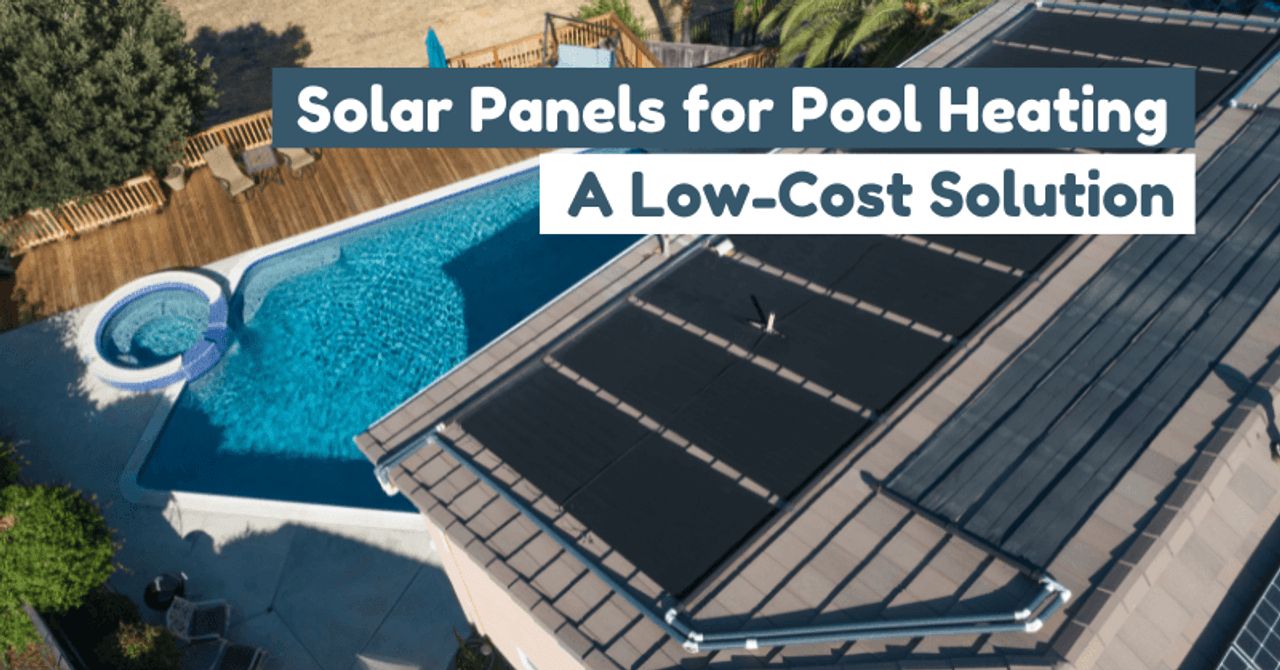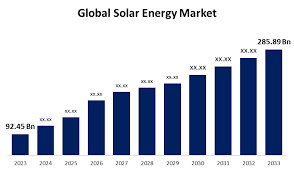Future-Proofing Solar Panels for Next-Gen Energy Demands

As the global energy landscape evolves, solar panels are emerging as a cornerstone of sustainable power generation. However, with increasing energy demands and technological advancements, the need to future-proof solar panels has become paramount. Future-proofing ensures that today’s solar technology can adapt to the energy requirements of tomorrow, enhancing efficiency, durability, and versatility.
1. Enhancing Solar Panel Efficiency
Efficiency is a key factor in future-proofing solar panels. Emerging technologies like perovskite solar cells and multi-junction panels are pushing efficiency rates beyond the limits of traditional silicon-based panels. These innovations allow solar panels to capture a broader spectrum of sunlight, maximizing energy output and making them more viable for high-demand scenarios.
- Next-Gen Technology: Tandem solar cells, combining silicon and perovskite layers, are achieving efficiency rates above 30%, a significant leap from conventional designs.
2. Increasing Durability for Harsh Conditions
To meet future energy demands, solar panels must withstand extreme weather and environmental conditions. Advances in materials science are driving the development of solar panels with improved durability.
- Weatherproofing: Panels coated with advanced materials, such as hydrophobic and anti-reflective layers, resist rain, snow, and debris buildup.
- Temperature Tolerance: Solar panels designed for high-temperature environments maintain efficiency even in regions with intense heat.
3. Embracing Smart Solar Panel Systems
Integration with smart technology ensures solar panels can adapt to dynamic energy demands. Features like real-time performance monitoring, predictive maintenance, and AI-driven optimization make modern solar systems more intelligent and responsive.
- Smart Inverters: These devices enable better energy conversion and integrate seamlessly with smart home systems.
- IoT Integration: Internet of Things (IoT) connectivity ensures solar systems can communicate with other energy devices for optimized usage.
4. Focus on Energy Storage Solutions
Energy storage is a critical aspect of future-proofing solar panels. Batteries and other storage systems ensure that energy generated during peak sunlight hours can be used during cloudy days or nighttime.
- Solid-State Batteries: These next-gen batteries offer higher energy density, longer lifespan, and faster charging compared to traditional lithium-ion options.
- Vehicle-to-Grid (V2G) Systems: Solar panels integrated with electric vehicles enable two-way energy flow, allowing stored energy in EVs to power homes or the grid.
5. Modular and Flexible Designs
Solar panels with modular and flexible designs are paving the way for broader applications. Lightweight, foldable panels can be used for portable energy needs, while modular panels are ideal for scalable installations in urban and rural areas alike.
- Flexible Panels: Perfect for unconventional surfaces like vehicle roofs or curved buildings.
- Expandable Systems: Modular setups allow homeowners and businesses to add panels as energy needs grow.
6. Recycling and Sustainability Practices
As solar adoption increases, the need for sustainable manufacturing and recycling practices becomes crucial. Future-proofing involves designing panels with recyclable components and minimizing environmental impact.
- Recyclable Materials: Panels made with easily separable and reusable materials reduce waste.
- Circular Economy Models: Manufacturers are developing programs to reclaim and recycle old solar panels at the end of their lifespan.
7. Adaptive Technology for Changing Grid Requirements
With grids evolving towards decentralized energy systems, solar panels must be equipped to handle these changes. Innovations like bi-directional inverters and grid-forming technologies enable seamless integration into modern grids, supporting grid stability and resilience.
8. Preparing for Increased Energy Demands
The global push for electrification, including electric vehicles, smart cities, and industrial automation, requires solar panels to deliver higher energy output. Future-proof systems incorporate advancements that support high-capacity energy generation and distribution.
- Utility-Scale Systems: Advanced solar farms with tracking systems ensure maximum efficiency.
- Urban Integration: Solar panels integrated into buildings (BIPV) meet rising urban energy needs without consuming additional space.
9. Case Studies: Innovations in Future-Proof Solar Panels
- Tesla Solar Roof: Combines solar technology with aesthetic roofing materials, providing energy efficiency and durability.
- Oxford PV: Developing commercial-grade tandem solar cells with breakthrough efficiency rates.
- SunPower: Known for ultra-durable panels capable of withstanding extreme weather.
10. The Path Ahead: Meeting Tomorrow’s Energy Needs Today
Future-proofing solar panels involves a holistic approach that addresses efficiency, durability, adaptability, and sustainability. By investing in research, innovation, and integration, solar panels are poised to power next-gen energy systems while meeting the evolving demands of households, businesses, and industries.
Conclusion
Solar panels are at the forefront of a sustainable energy revolution, but their role in the future depends on how well they adapt to changing demands. By enhancing technology, integrating smart systems, and embracing sustainable practices, solar panels can remain a reliable and efficient energy source for generations to come.
For more insights on solar advancements, visit Solarsprice.com.




